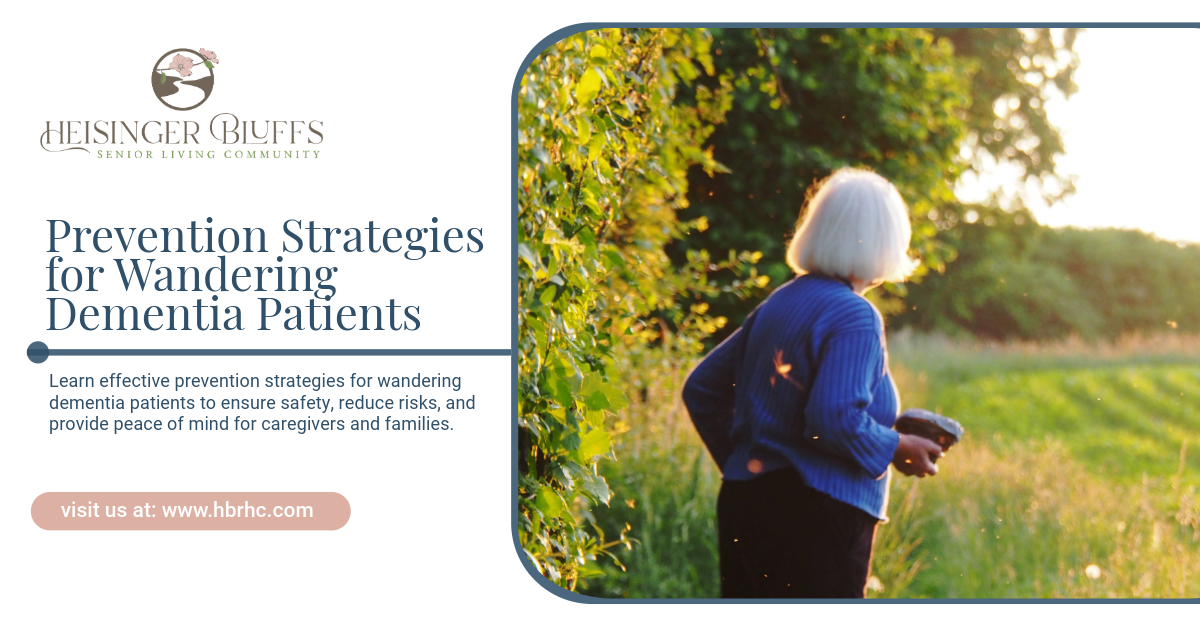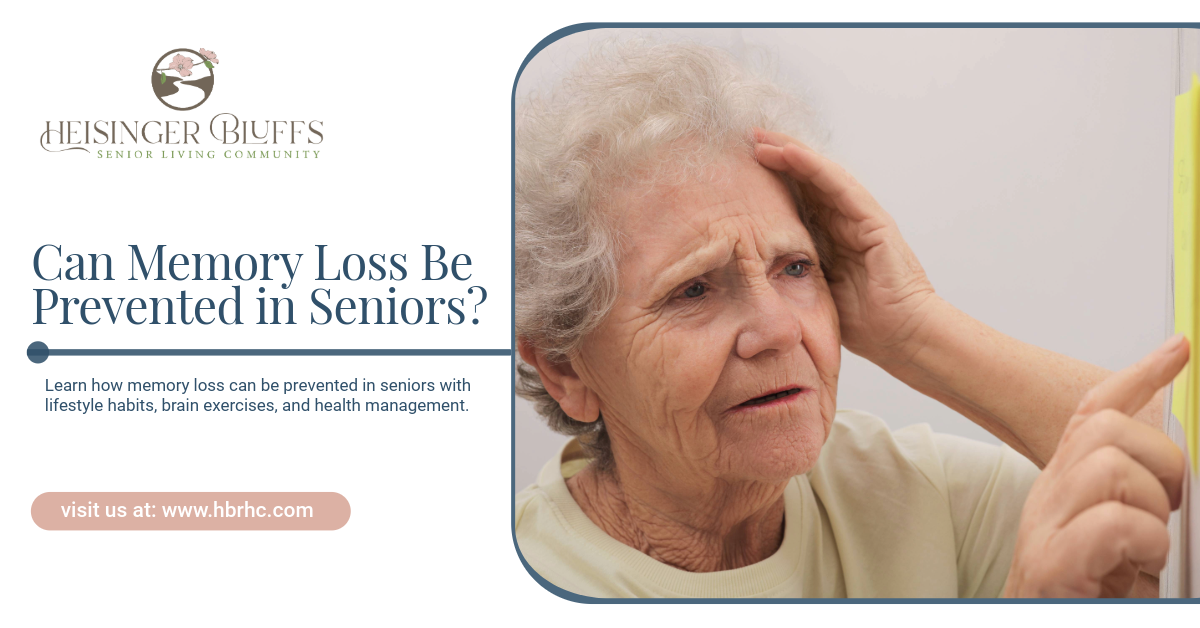Prevention Strategies for Wandering Dementia Patients: What to Know

Wandering is a common and concerning behavior among individuals living with dementia. It poses serious safety risks, including getting lost, injuries, or exposure to dangerous situations. Understanding effective prevention strategies can help caregivers reduce wandering incidents and improve the quality of life for dementia patients.
This article covers key causes of wandering, warning signs, and practical strategies for prevention that can be used in home or senior living environments. We’ll also include tips on safety technologies and environmental modifications to help keep your loved one safe.
Understanding Wandering in Dementia Patients
Wandering is a behavior characterized by aimless or purposeful movement that can lead to confusion, disorientation, and sometimes dangerous situations. It is estimated that 60% to 70% of people with dementia exhibit wandering behaviors at some point.
Why Do Dementia Patients Wander?
Several factors contribute to wandering, including:
- Memory Loss: Forgetting where they are or their destination.
- Disorientation: Feeling confused about time, place, or situation.
- Anxiety or Restlessness: Seeking comfort or familiar surroundings.
- Boredom or Loneliness: Searching for social interaction or stimulation.
- Physical Needs: Such as hunger, thirst, or the need to use the bathroom.
- Habit or Routine: Following past routines despite memory loss.
Common Warning Signs of Wandering
Being aware of these signs can help intervene before a wandering incident occurs:
- Pacing or repetitive movements.
- Attempting to leave the house or room repeatedly.
- Asking to go “home” despite already being there.
- Collecting belongings or putting on outdoor clothing.
- Agitation or restlessness.
- Increased confusion in the late afternoon or evening (also known as “sundowning”).
Prevention Strategies for Wandering Dementia Patients
Preventing wandering involves a combination of observation, environmental adjustments, communication, and sometimes technology. Below are some effective approaches:
1. Create a Safe and Secure Environment
- Secure Doors and Windows: Use locks that are difficult for the person with dementia to open but easy for caregivers to operate. Consider alarms or sensors.
- Install Fencing or Gates: Especially for outdoor areas to create safe walking paths.
- Remove Temptations: Hide car keys, wallets, or shoes that might encourage leaving.
- Use Camouflage Techniques: Paint doors or use visual barriers to deter exit attempts.
- Simplify the Layout: Keep the living area uncluttered and organized to reduce confusion.
2. Establish Consistent Routines
- Consistent daily schedules provide familiarity and reduce anxiety.
- Include regular physical activity to burn excess energy.
- Schedule meals, medication, and rest times reliably.
3. Engage in Meaningful Activities
- Activities tailored to the individual’s interests can reduce boredom and restlessness.
- Use music therapy, puzzles, or gardening.
- Encourage social interaction through visits, phone calls, or group activities.
4. Monitor and Supervise
- Frequent checks throughout the day, especially during high-risk times like late afternoon.
- Use a buddy system or assign specific caregivers to monitor wandering-prone individuals.
5. Use Identification and Tracking Technologies
| Technology Type | Description | Benefits |
|---|---|---|
| GPS Tracking Devices | Wearable devices that track location in real-time | Quick location if wandering occurs |
| Door Alarms | Alerts when doors or windows are opened | Immediate notification of exit attempts |
| Motion Sensors | Detect movement in specific areas | Alert caregivers to unusual activity |
| ID Bracelets or Tags | Wearable ID with contact information | Helps others identify and assist the person |
6. Communicate Effectively
- Use clear, calm language to reassure and redirect.
- Avoid arguing or trying to reason with the person if confused.
- Provide simple instructions and repeat as necessary.
7. Educate Family and Caregivers
- Train everyone involved on the risks and prevention methods.
- Develop a safety plan including emergency contacts and steps to take if wandering occurs.
When Wandering Occurs: Immediate Steps
- Stay calm and avoid chasing the person, which may cause panic.
- Call their name gently and offer reassurance.
- Contact family members or authorities if the person cannot be found quickly.
- Use technology or community resources such as local search teams if available.
The Importance of Professional Support
Senior living communities specializing in memory care often have dedicated protocols and secure environments designed to prevent wandering and keep residents safe while promoting independence.
Final Thoughts
Wandering among dementia patients presents a complex challenge but can be managed with proactive strategies. By creating safe environments, maintaining routines, engaging loved ones, and utilizing technology, caregivers can reduce risks and provide peace of mind.
For families seeking compassionate and secure memory care solutions, Heisinger Bluffs offers specialized services and thoughtfully designed living spaces to support seniors with dementia in a safe, supportive community. Contact us to learn more about our approach to dementia care and safety.
Frequently Asked Questions
What causes wandering in dementia patients?
Wandering is often caused by confusion, anxiety, boredom, physical needs, or memory loss, leading individuals to move about in search of comfort or familiarity.
Are there devices that can help prevent wandering?
Yes, GPS trackers, door alarms, motion sensors, and ID bracelets are commonly used tools to help monitor and prevent wandering incidents.
How can families reduce the risk of wandering at home?
Families can create secure environments, establish routines, engage the person in meaningful activities, and educate caregivers on warning signs and safety plans.
Sources:
- https://www.upmc.com/services/seniors/resources-for-caregivers/wandering-tendencies-patients-alzheimers-dementia
- https://pmc.ncbi.nlm.nih.gov/articles/PMC3141319/
- https://www.cdc.gov/physical-activity-basics/guidelines/older-adults.html
- https://www.nia.nih.gov/health/alzheimers-changes-behavior-and-communication/coping-agitation-aggression-and-sundowning











